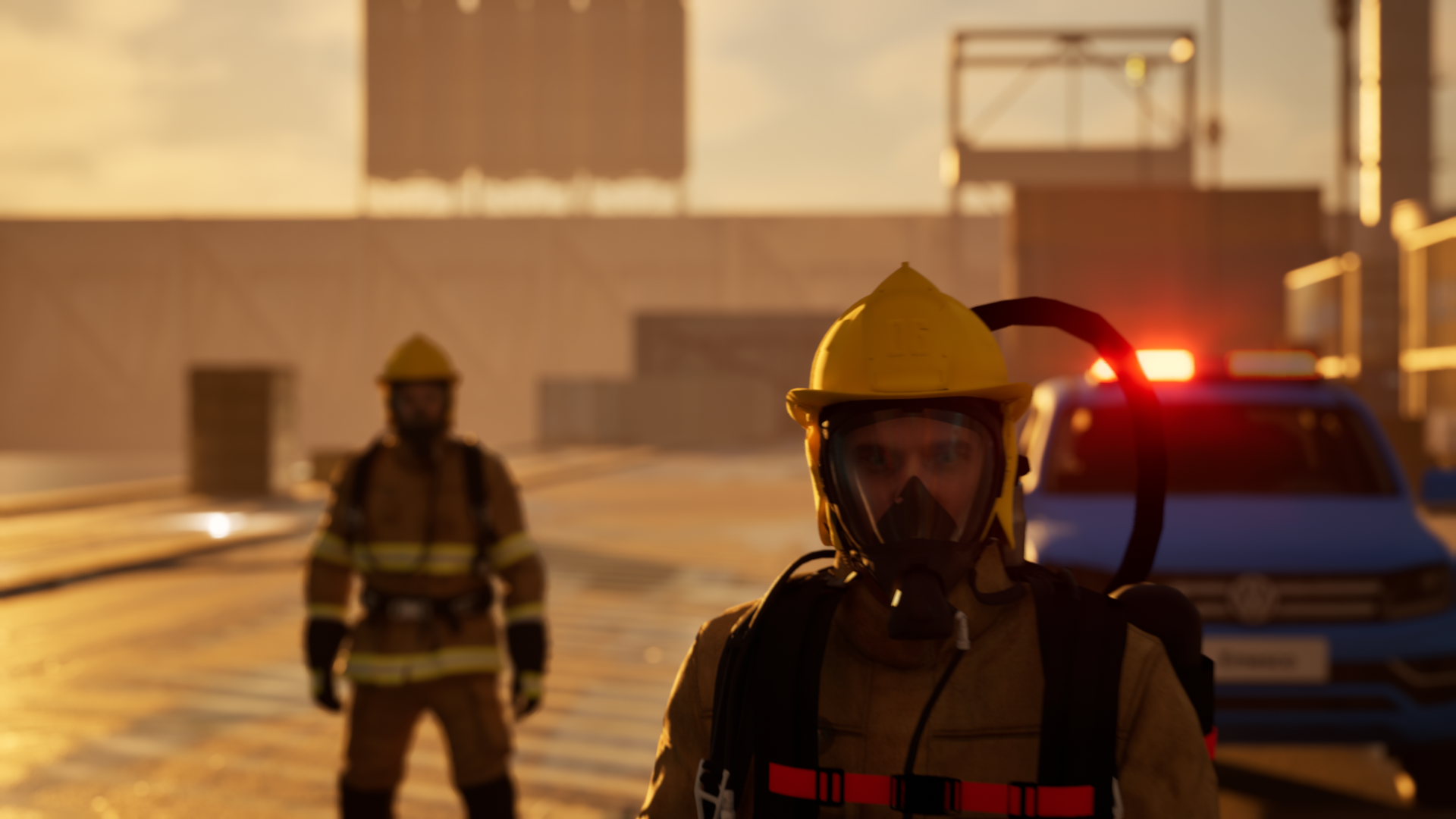
What Determines 3D Animation Pricing?
What affects 3D animation pricing? Learn how factors like duration, complexity, visual style, and delivery format shape the cost of animation projects.
ADIM Blog
22 June 2025 | 4 Minute Reading
Many businesses interested in 3D animation services often wonder how pricing is determined. Some of the most frequently searched questions include: How much does 3D animation cost?, What is the price for a 3D animation project?, and How are animation service fees calculated? In this article, we clearly and simply explain the key factors that affect 3D animation pricing.
Why Do 3D Animation Prices Vary?
3D animation projects are rarely identical. The project's objective, duration, complexity, and required resources directly influence the budget. Pricing can vary significantly, especially for corporate promos, product animations, and technical presentations.
Below, you’ll find the main factors that influence 3D animation costs.
1. Duration of the Animation
3D animation pricing is usually calculated per second. However, the production effort required for each second is not always equal. For example, a simple 30-second animation and a highly technical 30-second sequence may have very different production requirements.
Short but dense animations can sometimes cost more than longer, simpler ones.
2. Modeling and Scene Complexity
How many products, characters, or scenes are included in the animation? Each new model requires additional labor and time. Realistic materials, texture applications, and movement animations also increase complexity. There is a significant difference between a simple product spin animation and a sequence demonstrating how a machine works.
Element | Impact |
Single product | Faster delivery, simpler scene setup |
Multiple products or scenes | Requires separate modeling and animation work |
Scenes with technical detail | Longer render and animation times |
3. Style and Visual Quality
Will the animation have a simple, illustrative style or be produced with near-photorealistic quality? Your chosen visual style directly affects the amount of labor and the software capabilities needed.
Animations with realistic lighting, shadows, textures, and simulations require greater processing power and expertise.
Style Type | Description |
Simple and stylized | Educational content, explanatory visuals |
Moderate realism | Social media or promotional usage |
High realism | Product showcases, technical visualizations |
4. Use of Ready-Made Assets
Using existing models, scenes, or characters can reduce costs. On the other hand, custom content requires the modeling process to begin from scratch, which increases production time and complexity.
The ideal approach is to identify where ready-made assets can be used and clarify which parts require custom design.
5. Use of Voiceover, Music, and Sound
Many 3D animation projects include a voiceover, background music, or sound effects. Each of these elements is planned separately.
Will the voiceover be recorded in a professional studio?
Will the music be custom-composed or stock?
Will sound effects and final mixing be required?
Answers to these questions directly affect the overall production scope.
6. Render Time and Delivery Format
Rendering is the final stage where the animation is processed into visual output. Higher quality means longer render times. A one-minute 4K animation with realistic lighting may take several days to render.
Additionally, you must consider:
Will the animation be used for web, social media, or trade show screens?
What is the required delivery format? MP4, ProRes, or alpha channel video?
These details directly impact production time and workflow planning.
7. Revision Process
The number of revisions is another key factor in project planning. Starting with a clear brief shortens the process and keeps the budget under control.
Most professional studios include one or two rounds of revision in their proposals. Additional revisions typically require a revised quote.
What to Consider When Planning a 3D Animation Project
Define your objective clearly: What will the animation communicate?
Share existing materials: Models, drawings, or references help speed up production.
Specify the usage platform: Social media, trade shows, and e-commerce each require different formats.
Understand the revision policy: Clarify how many revisions are included before the project starts.
Start Your Project the Right Way
Would you like to visualize your product presentations with 3D animation? Get in touch with our team and let’s bring your 3D animation projects to life together.
Let’s Elevate Your Brand Together
Our experienced team is here to support you in your animation and visualization projects.